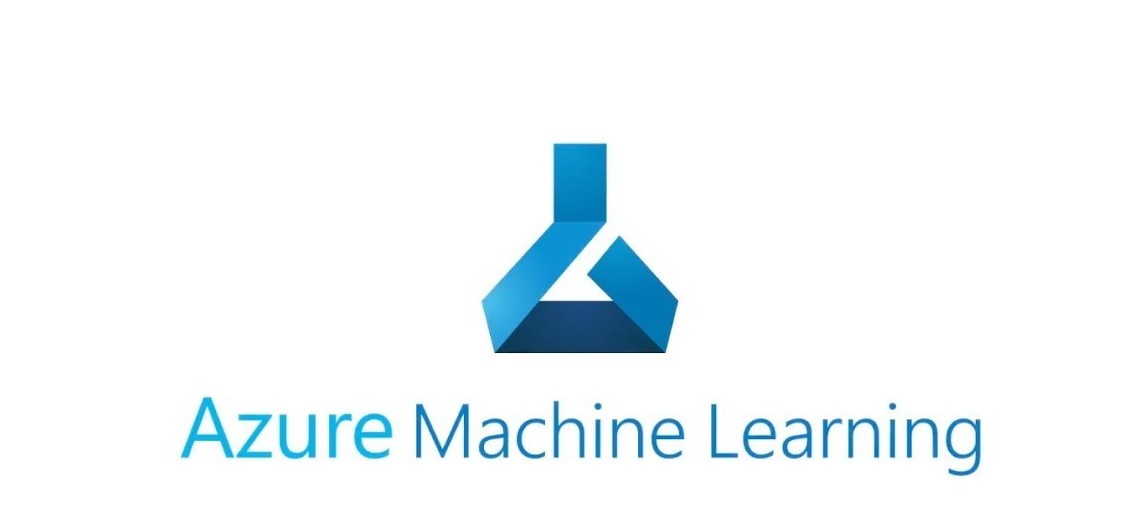In this course, you will learn about Azure machine learning and, a great platform through which you can create, maintain and distribute real world ML solutions.
In this part of the video, I will depict different Machine learning Approaches. Supervised and unsupervised, for instance, with comparison. Furthermore, I will brief on semi-supervised and reinforcement.
Machine Learning Methods
The classification of data on a broad-scale can be done into two categories, namely Labeled data and Unlabeled Data. There are many approaches that can be taken when conducting Machine Learning. They are usually grouped into the areas listed below. Supervised and Unsupervised are well-established approaches and the most commonly used. Semi-supervised and Reinforcement Learning are newer and more complex but have shown impressive results. According to the famous Machine Learning concept No Free Lunch Theorem, there is no single algorithm that will work for all tasks, i.e., each task has its own idiosyncrasies. Let’s explore supervised and unsupervised methods in more detail.
Supervised Learning


Supervised learning is primarily used to address two kinds of problems (Identifying Value): regression and classification problems. In supervised learning, the goal is to learn the mapping (the rules) between a set of inputs and outputs. For example, the inputs could be the weather forecast, and the outputs would be the visitors to the beach. The goal of supervised learning would be to learn the mapping that describes the relationship between temperature and the number of beach visitors. In supervised learning, the computer is provided with sample inputs that are labeled with their specific outputs. The motive of this method is for the algorithm to be able to “learn” by comparing its actual output with the “taught” outputs to find errors and modify the model accordingly. Supervised learning, therefore, uses patterns to predict label values on additional unlabeled data. A common use case of supervised learning is to use historical data to predict statistically likely future events. It may use historical stock market information to anticipate upcoming fluctuations or be employed to filter out spam emails. In supervised learning, tagged photos of dogs can be used as input data to classify untagged photos of dogs.
Unsupervised Learning


Unsupervised learning is primarily used to address clustered data. (Identifying data pattern). In unsupervised learning, only input data is provided in the examples. There are no labeled example outputs to aim for. But it may be surprising to know that it is still possible to find many interesting and complex patterns hidden within data without any labels. An example of unsupervised learning in real life would be sorting different color coins into separate piles. Nobody taught you how to separate them, but by just looking at their features such as color, you can see which color coins are associated and cluster them into their correct groups. In unsupervised learning, data is unlabeled, so the learning algorithm is left to find commonalities among its input data. As unlabeled data are more abundant than labeled data, machine learning methods that facilitate unsupervised learning are particularly valuable. The goal of unsupervised learning may be as straightforward as discovering hidden patterns within a dataset, but it may also have a goal of feature learning, which allows the computational machine to automatically discover the representations that are needed to classify raw data. Semi-supervised is a middle road between supervised and unsupervised approaches. There will be a mixture of a small amount of labeled data with a much larger unlabeled dataset which reduces the burden of having enough labeled data. Consequently, many problems arise which need a solution with Machine Learning. The last one, Reinforcement is less common and much more complex, however, it has incredible applications. If you’re familiar with psychology, you’ll have heard of reinforcement learning. If not, you’ll already know the concept of how we learn in everyday life. In this approach, occasional positive and negative feedback is used to reinforce behaviors. Think of it like training a dog, good behaviors are rewarded with a treat and become more common. Bad behaviors are punished and become less common. This reward-motivated behavior is key in reinforcement learning. Games are very popular in Reinforcement Learning research. They provide ideal data-rich environments. The scores in games are ideal reward signals to train reward-motivated behaviors. Additionally, time can be sped up in a simulated game environment to reduce overall training time. A Reinforcement Learning algorithm just aims to maximize its rewards by playing the game over and over again. If you can frame a problem with a frequent ‘score’ as a reward, it is likely to be suited to Reinforcement Learning. In the next chapter, we explore more about approaches, algorithms and will proceed to real solutions of Machine Learning.
